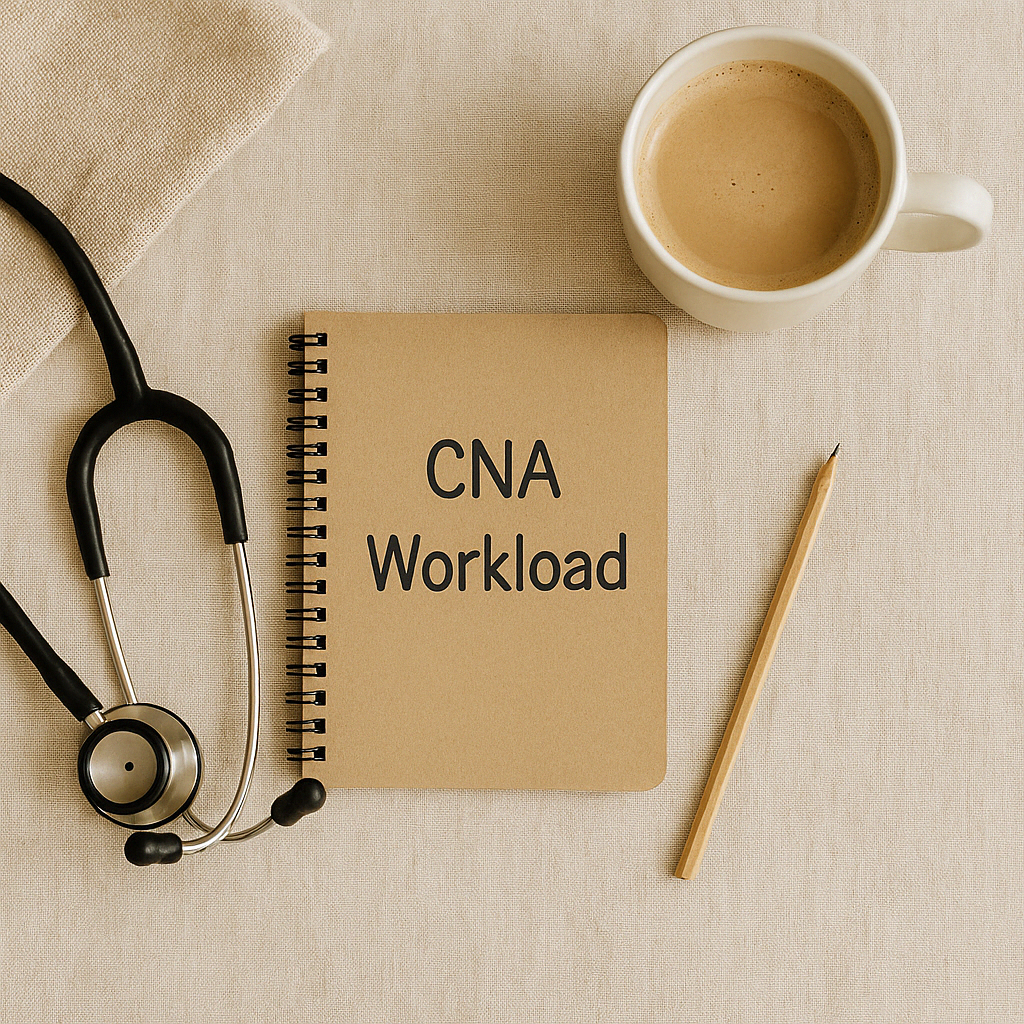
How Rural Facilities Can Fix CNA Turnover—with Smarter Support
By Rachel Weaver, RN, MHA (in progress)
The CNA Staffing Crisis in Rural Health Facilities
At rural health facilities across the country, certified nurse aides (CNAs) have been leaving at alarming rates. When I began working with long-term care facilities in Oklahoma, the pattern was clear: high turnover, exhausted staff, and the ripple effect of burnout showing up in patient care. These facilities weren’t just losing employees—they were losing trust, consistency, and stability.
Much of the national spotlight focuses on registered nurses, but CNAs form the foundation of hands-on patient care. In small rural health facilities where every team member matters, CNA turnover hit especially hard.
Why CNAs Left—and What Helped Them Stay
At these facilities, I saw firsthand how an understaffed CNA team led to increased workload, lower morale, and higher costs. Every new hire meant more training, more onboarding, and more stress on the remaining staff.
The financial toll was real—replacing a single CNA cost the rural health facility between $5,000 and $10,000. But the human cost was even greater: patients felt the inconsistency, and staff felt unseen.
We knew something had to change.
So we piloted a CNA Workload Support Program—a strategic, systems-based initiative designed to restructure how CNAs were scheduled, trained, and supported. It wasn’t a quick fix, but it became the framework that made retention possible.
What the Program Looked Like
Here’s what we implemented:
- Float Pool Cross-Training: CNAs were trained to step in across departments, providing flexibility without chaos.
- Workforce Management Software: Tools like Kronos helped create fair schedules, track availability, and avoid last-minute coverage gaps.
- Onboarding with Purpose: New hires received training in time management, communication, and realistic workload expectations.
- Leadership Engagement: We introduced town halls, pulse surveys, and manager check-ins to keep CNAs involved and valued.
The result? A reduction in last-minute call-outs, fewer resignations, and an overall lift in team morale.
Technology That Actually Helped
Tools like ShiftWizard and integration with EHRs allowed nurse managers to make decisions based on patient acuity, not outdated census numbers. These tech upgrades didn’t just make scheduling easier—they made it smarter.
CNAs no longer felt like they were walking into shifts blind. They knew what to expect, and they had the tools to prepare.
Leadership Made the Difference
No tech, no policy, no program will ever work without leadership buy-in.
We leaned on Transformational Leadership—an approach that inspires and involves staff rather than just instructing them. Nurse managers were empowered to co-create solutions with CNAs, rather than handing them down.
Using Kotter’s 8-Step Change Model, we emphasized:
- Creating urgency around retention
- Building a coalition of leaders and CNAs
- Communicating the vision often and clearly
- Celebrating small wins to build trust and traction
Anticipating and Managing the Risks
Of course, it wasn’t seamless. We hit some bumps:
- Some CNAs resisted float pool changes
- Skill gaps emerged in cross-trained staff
- Budget constraints were a constant backdrop
But we planned for this. A phased rollout, frequent check-ins, and a small contingency fund helped us absorb the strain without abandoning the mission.
What Changed — and What’s Next
Retention improved. CNAs reported feeling more supported. Patients received more consistent care. And perhaps most importantly, the culture shifted. People started believing that support wasn’t just a word—it was a practice.
This program wasn’t just about staffing. It was about dignity, teamwork, and sustainability.
Because when CNAs are supported, everyone benefits—from staff to patients to the bottom line.
Rachel Weaver is a registered nurse and master’s-level healthcare administration student with over 15 years of experience in long-term care, patient advocacy, and quality improvement. She believes the best care begins with empowered caregivers.
Post a comment